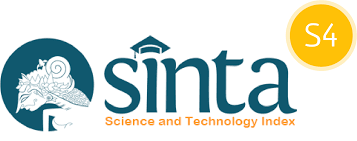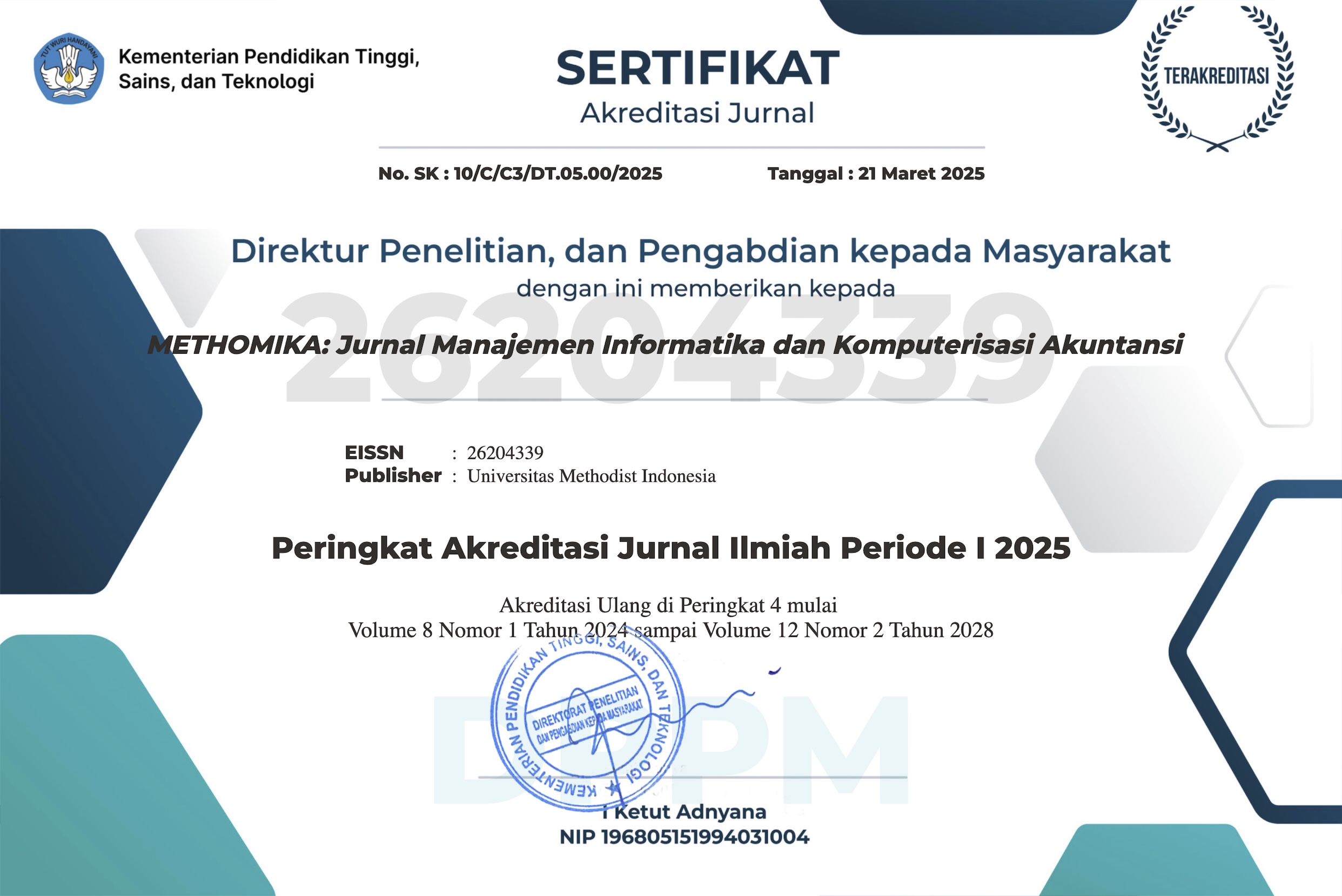MODEL BIDIRECTIONAL LSTM UNTUK PEMROSESAN SEKUENSIAL DATA TEKS SPAM
Keywords:
Spam Data, Recurrent Neural Networks, Long Short-Term Memory, Bidirectional Long Short-Term MemoryAbstract
This study examines the LSTM-based model for processing spam in text data. Spam poses several dangers and risks, both for individuals and organizations. Spam can be a nuisance that hampers both individual and organizational productivity. Much spam contains fraudulent or phishing attempts to obtain sensitive information. Spam detection using deep learning involves the utilization of algorithms and deep neural network models to accurately classify messages as either spam or not spam. Typically, spam detection systems use a combination of these methods to improve the accuracy of identifying spam messages. This study applies the Bi-LSTM deep learning model to sequentially process text (sequencing). The performance of the model is determined based on the loss and accuracy. The data used are the Spam SMS and Spam Email datasets. The test results show that the Bi-LSTM model demonstrates better performance on all tested datasets. Bi-LSTM is able to capture textual patterns from both the context and the text itself, as it can combine information from both directions. The test results prove that the Bi-LSTM model is more effective in text comprehension.
So we need to use Snort to maintain network security. Snort is a useful software for observing activity in a computer network. Snort can be used as a lightweight Network Intrusion Detection System (NIDS). Detection is carried out based on the rules that have been described by the administrator in the directory rules contained in the configuration file. Snort can analyze real time alerts, where the mechanism for entering alerts can be in the form of a user syslog, file or through a database. So we can detect attacks on computer networks early.
Downloads
Published
Issue
Section
License
Copyright (c) 2023 Rimbun Siringoringo, Jamaluddin Jamaluddin, Resianta Perangin-angin, Eva Julia Gunawati Harianja, Gortap Lumbantoruan, Eviyanti Novita Purba

This work is licensed under a Creative Commons Attribution-NonCommercial 4.0 International License.













